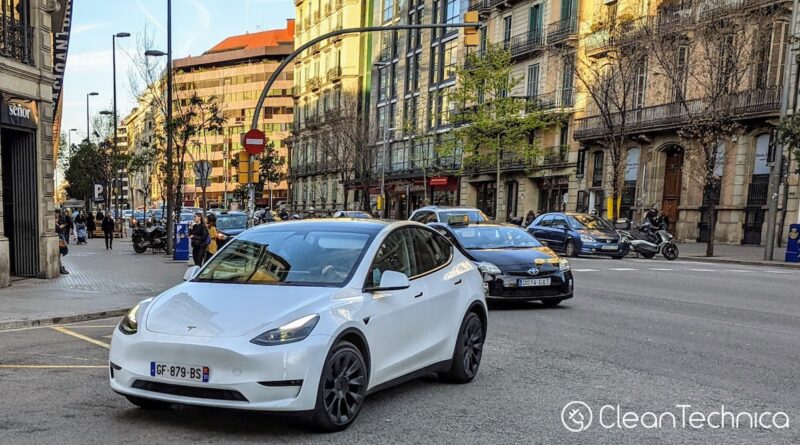
The European Commission’s recent decision to incorporate carbon offsets into its strategy to achieve a 90% emissions reduction target by 2040 has sparked significant concern among environmental groups. Transport & Environment (T&E), a leading advocacy group, argues that this move could undermine Europe’s climate efforts, turning the continent’s ambitious plans into a “paper tiger.”
While the Commission’s announcement aims to provide certainty for industries such as automotive, aviation, and shipping, the inclusion of carbon credits as a compliance tool has drawn criticism. T&E warns that this approach contradicts previous commitments and could set a dangerous precedent, allowing other climate obligations to be diluted through offsets.
Carbon Credits: A Double-Edged Sword
The use of carbon credits, which allow companies to offset their emissions by investing in environmental projects elsewhere, is contentious. A two-year investigation revealed that over 90% of rainforest carbon offsets, certified by the world’s largest verifier, are essentially worthless. This finding raises questions about the efficacy of offsets in genuinely reducing emissions.
According to T&E, reliance on offsets might reduce the incentive for industries to invest in proven green technologies. The organization emphasizes that a robust 2040 target is not only crucial for environmental reasons but also for energy security. The Commission’s working document suggests that achieving the target could save Europe between $75 and $100 billion annually in oil imports.
The Stakes for Europe’s Transport Sector
Europe’s transport sector, which is projected to account for 45% of EU emissions by 2030, stands at the forefront of this challenge. To meet the 90% reduction target, the EU must resist pressures to weaken its 2035 zero-emission vehicle mandate and carbon levy on fossil fuels. Additionally, ambitious measures are needed to electrify corporate fleets and impose stricter CO2 targets on trucks, as well as green fuel mandates for ships and planes.
Federico Terreni, climate policy manager at T&E, stated, “The 90% target will provide Europe’s carmakers, airlines, shipping companies, and fuel producers the much-needed certainty to invest in green technologies. But allowing offsets to meet climate goals is a cop-out and risks making a paper tiger out of the European Green Deal.”
Public Support and the Path Forward
Despite these concerns, public support for the EU’s climate goals remains strong. A recent Eurobarometer poll indicates that over 80% of Europeans back the EU’s objective of achieving climate neutrality by 2050. This widespread support underscores the importance of maintaining stringent climate policies to uphold the EU’s leadership and credibility on the global stage, especially as COP30 approaches.
The path forward requires a delicate balance between providing industry with the flexibility to innovate and ensuring that climate targets are met with genuine emissions reductions. As the EU navigates these challenges, the decisions made today will have lasting implications for Europe’s environmental and economic future.
In conclusion, while the inclusion of carbon credits in the EU’s climate strategy offers a degree of flexibility, it also poses significant risks. The Commission must carefully consider the potential long-term impacts of this approach to avoid undermining the very goals it seeks to achieve.






